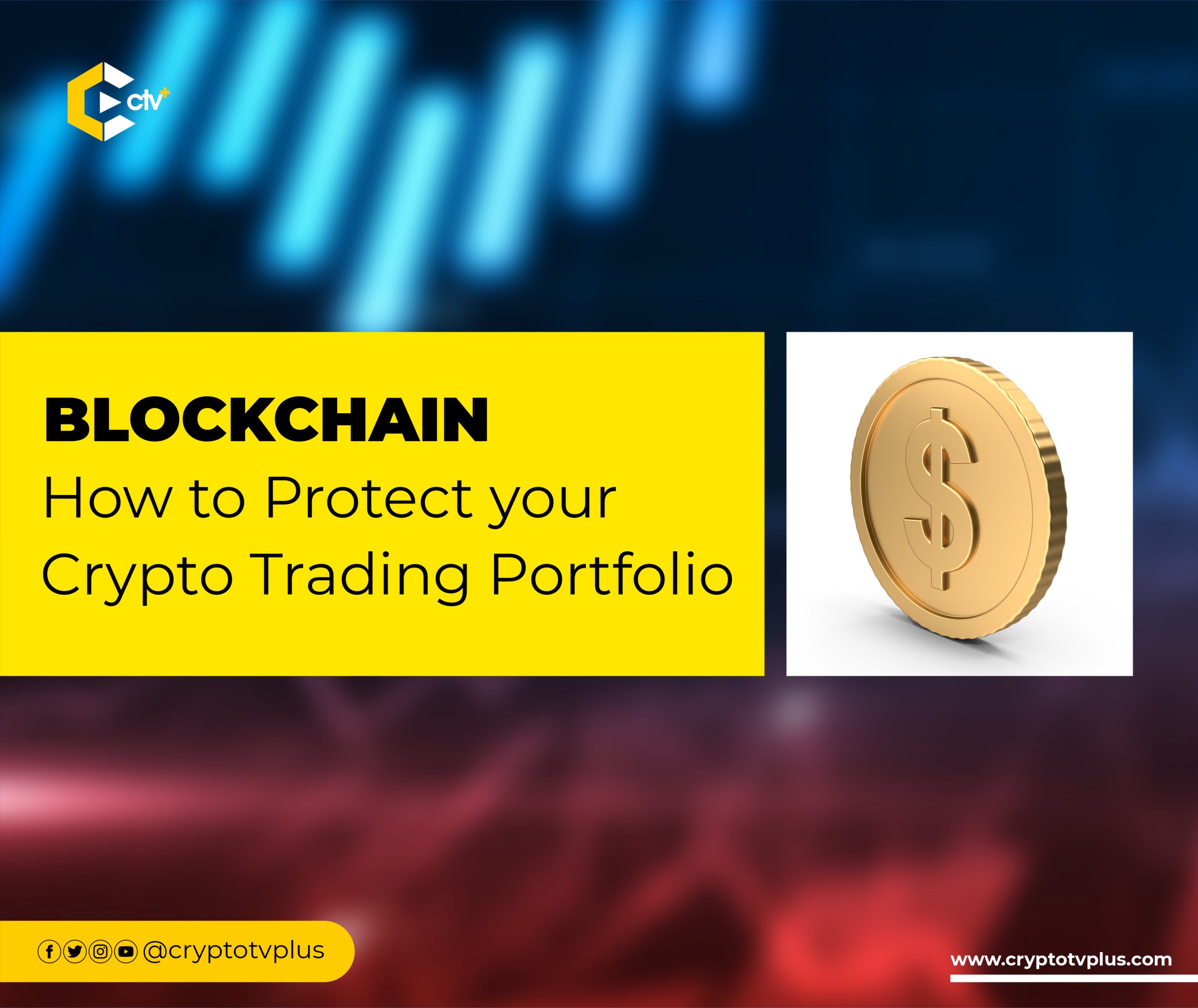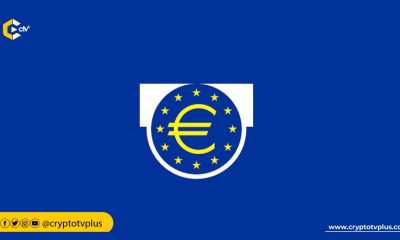Education
How to Protect your Crypto Trading Portfolio

The crypto market has brought a lot of profit as well as losses for many. Daily, there are billions of transactions executed on exchanges out via exchanges and other crypto platforms with billions of dollars exchanging hands. These activities yield profits as portfolios yet these gains are not guaranteed.
This leaves every crypto owner with a question: how do I secure my portfolio as the market goes up, stabilizes, and goes down?
Here are some ways to protect your portfolio to avoid losses:
1. Use cold wallet
Hot wallets are crypto storage connected to the internet while cold wallets are offline. Using a cold wallet to store or save crypto assets is safer to use a hot wallet.
No one can assure 100% safety for hot wallets. This includes those attached to exchanges as well as standalone wallets like Trust Wallet. A cold wallet remains one of the safest ways to preserve crypto assets and you will want to have one.
2. Set up 2FA authentication
Two-factor Authentication is a measure put in place to secure accounts online. While having a cold wallet is good as mentioned earlier, no one wants to have all their assets in a cold wallet. Some of them should be in a hot wallet for easy access. Hence, the need for an authentication process.
When this is done, it’s difficult to access without the consent of the owner. If anyone tries to access the account, a code is sent to the email or phone number attached to the account during the authentication process. Exchanges now require these security measures to strengthen user funds.
Read this also;
Prince-David Omaghomi Urges Crypto Enthusiasts to Diversify into Real Estate
The Notoriety of Pump and Dump: Steps to Protecting Your Crypto Portfolio (Part 2)
3. Have an exit plan
The volatility of the crypto market is one reason having an exit plan is very important. There will be fewer emotional decisions made when one knows what to risk and what not to risk as well as how long to go the risky way.
While exit plans seem real good during trading, it’s also more important in preserving crypto portfolios. One can decide to sell off or transfer specific crypto assets at a particular time thereby being assured of what is owned.
4. Diversify your portfolio
Diversification helps to reduce the level of risk crypto assets are exposed to. If the market is negative on ETH and your portfolio is made up of ETH only, the effect will be severe compared to if you have other cryptocurrencies. The shared risk reduces loss.
Diversification can be done based on location, by staying off assets located in crypto-restricted areas is advisable; market capitalization; and risk level of each crypto project.
5. Be updated with information
Information can be the difference between profiting or losing in the financial market, especially in crypto which is so volatile. Stay up to date with the happenings in the crypto market.
This involves following up with news, being part of crypto communities where other traders share updates as well as taking specific courses on how to be better in the crypto market.
6. Avoid panic sell
Panic sell happens when an owner of a crypto asset decides to sell off based on fear as a result of negative price actions. This occurs more when there is a dip in the market.
Instead of allowing any external force to decide your decisions, having a plan will be your safety nest. When situations of uncertainty occur, it’s better to stay calm, understand what the market triggers are, and then make a decision.
Sometimes the trigger of the panic selling by other traders might be false news.
7. Get some stablecoins
Stablecoins are cryptocurrencies pegged on more stable assets like fiat and commodities. Some are backed by other cryptocurrencies as well but are as volatile as the normal cryptocurrencies. The MakerDAO’s Dai (DAI) stablecoin backed by Ethereum (ETH) is an example.
With Stablecoins, there is a higher chance of maintaining the value of your asset without much difference for a longer timeframe. Examples of Stablecoins include Binance USD, USDT, USDC, and Dai.
Closing thoughts
This article cannot exhaust this topic. We’ve only presented some points to take in order to protect your funds. Capital or portfolio protection or preservation involves a lot of activities and they range from healthy trading practices to wallet and internet browsing hygiene. Remember, in crypto, safety is the ultimate responsibility of the owner.
What do you think of this article? Share your comments below.

























Pingback: How to Protect your Crypto Trading Portfolio by Chuks Nnabuenyi Jr – CryptoTvplus Events: NFT, DeFi, Bitcoin, Ethereum, Altcoin Events
Pingback: What is Futures and How to Trade Futures | CryptoTvplus: DeFi, NFT, Bitcoin, Ethereum Altcoin, Cryptocurrency & Blockchain News, Interviews, Research, Shows
Pingback: What are crypto trading pairs and how they work | CryptoTvplus: DeFi, NFT, Bitcoin, Ethereum Altcoin, Cryptocurrency & Blockchain News, Interviews, Research, Shows